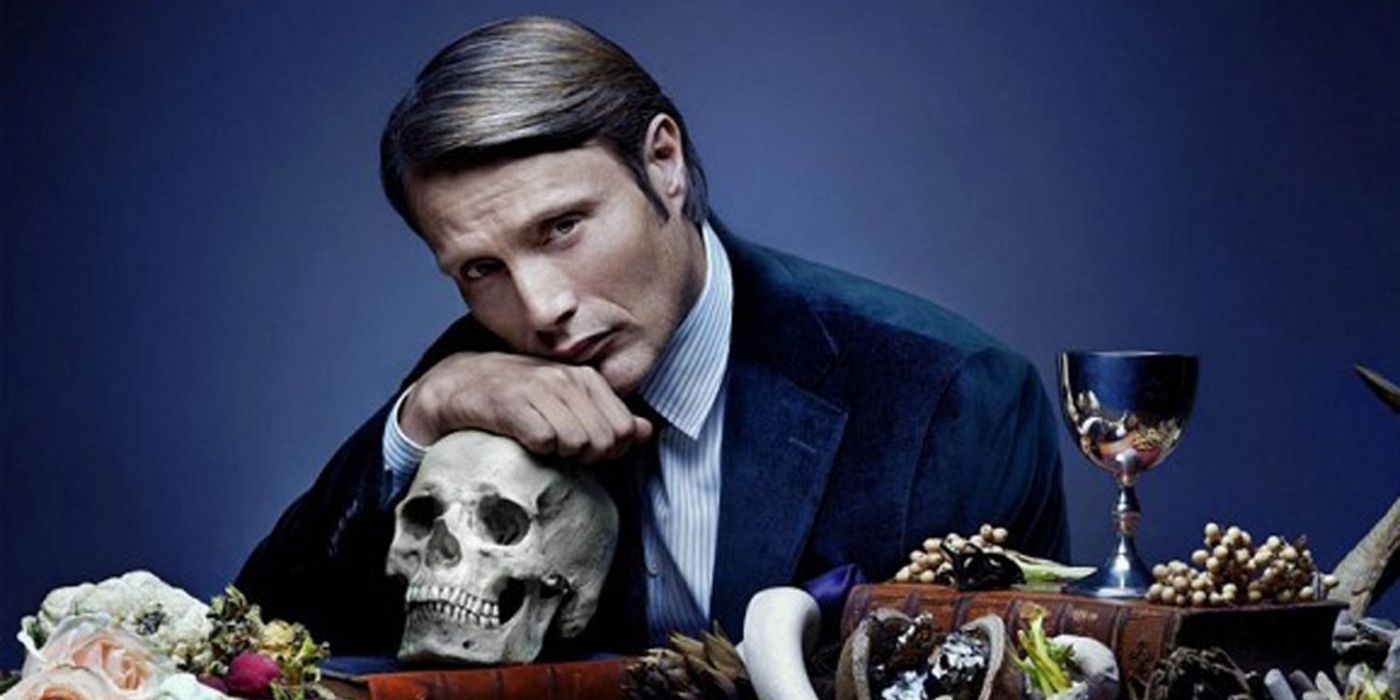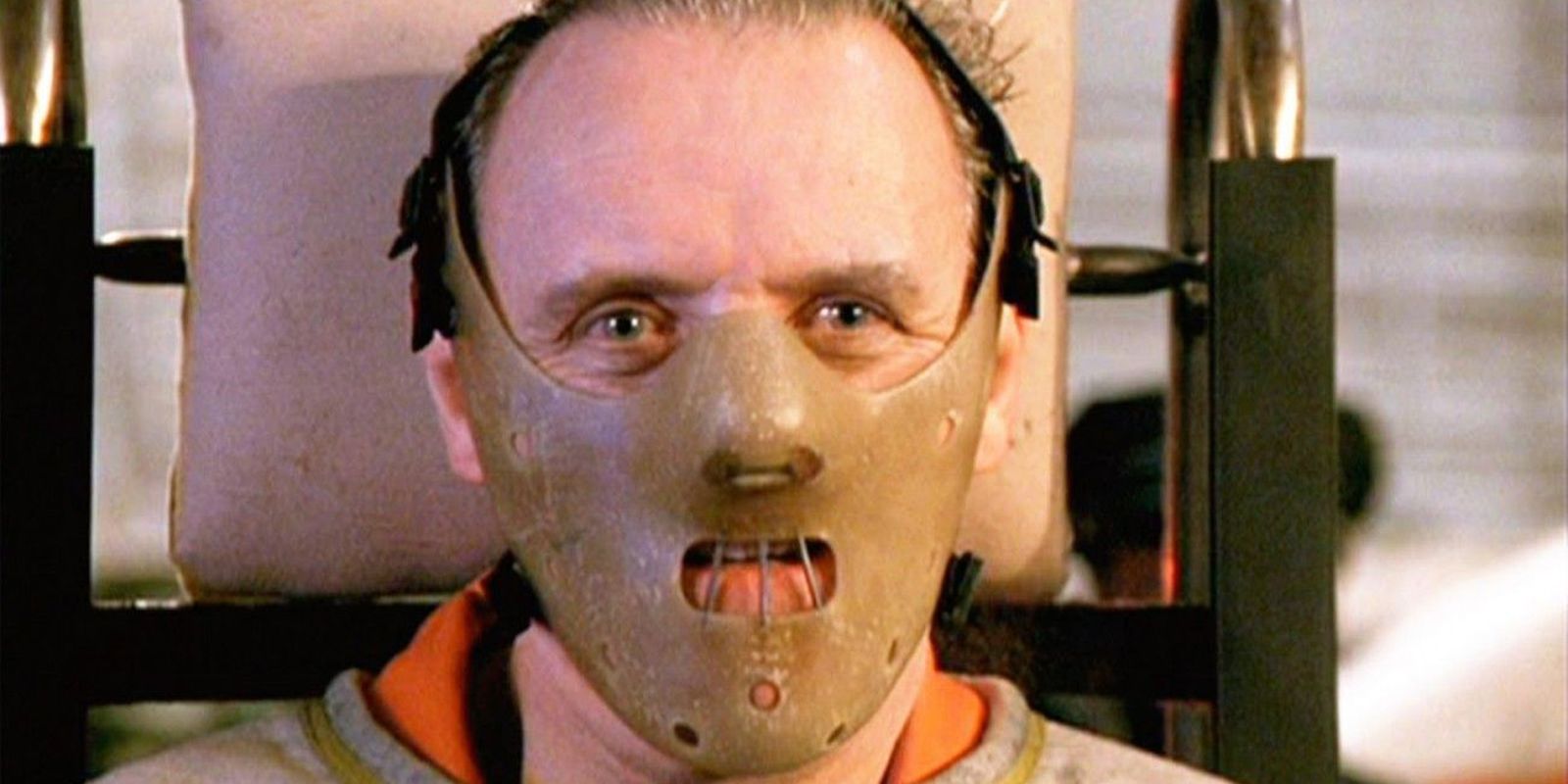Hannibal People Find Out That He is Feeding Them People
From novel to film to television, one of the most beloved villains in fictional history is Dr. Hannibal Lecter. When the average person thinks of cannibalism, Dr. Lecter is the face they see in their head, but what are the origins, both real and in universe, of Lecter's unique methods?
Created by novelist Thomas Harris in 1981, Hannibal Lecter has appeared in four novels, five films, and three seasons of TV. Two of the actors who portrayed the character won awards for their performances and The Silence of the Lambs, the second film to feature the character, won the Academy Award for Best Picture.
Hannibal Lecter first appeared in the 1981 novel Red Dragon, the second-ever by Thomas Harris. Lecter was so popular that his next three books would center the character and he would not write a piece without the character until 2019. The novel focuses on FBI profiler Will Graham as he returns from early retirement to hunt a sadistic serial killer. Facing an uphill battle, Graham turns to a previous capture, Dr. Hannibal Lecter. The two worked together previously, only to find themselves nearly slaying each other once Lecter's crimes are revealed. Before his arrest, Lecter kills 9 people and eats substantial portions of them. Red Dragon has been adapted directly into the 1986 film Manhunter and the 2002 film which keeps the novel's name, and loosely adapted into season one of the TV series Hannibal.

Undoubtedly the biggest cultural impact of Hannibal Lecter comes from the 1991 film adaptation of Harris's second Lecter piece The Silence of the Lambs. Anthony Hopkins stepped into the role for the first time, defining the character with a performance that remains iconic 30 years later. Like Red Dragon, Lecter's role is aiding an investigator to hunt a serial killer while incarcerated. Much of the piece centers around the unusual working relationship forged between Dr. Lecter and Clarice Starling. Audiences fell in love with Hopkins as Hannibal and he returned to the role twice in the following years.
The third story featuring the character was 1999's Hannibal, establishing an obvious pattern. With each work, Hannibal shifts from minor antagonist to the main center of attention. Hannibal is the first work in which Dr. Lecter is not incarcerated. Instead, Lecter evades the clutches of law enforcement and a vengeful former victim. Starling and Lecter's relationship deepens in this story, and in the novel the two fall in love and run away together. The story was adapted into a film of the same name and informed both the second and third seasons of the TV series.
Fans finally learn a little more about Dr. Lecter in Hannibal, as his backstory has been of little focus in the previous works. The details of his life and backstory are the direct subject of the final novel he stars in, 2006's Hannibal Rising. Rumor has it that film producer Dino De Laurentis threatened Harris with a Hannibal backstory film without his input, which motivated Harris to write both the novel and the screenplay for the film adaptation. Both Hannibal and Hannibal Rising saw mixed cultural response for their bizarre reallocation of established characters, but these works finally answered the question of how Dr. Lecter became Hannibal the Cannibal.

Hannibal Lecter was born in Lithuania in 1933, to a wealthy family in a sizable gothic castle. In 1941, when Lecter is 8 years old, the Nazis invade Lithuania, forcing his family to flee to a hidden lodge. After three years of isolation in their forest home, a Soviet tank happens to stop near the lodge, whereupon it is shelled with Nazi artillery. The blast kills Lecter's parents, leaving only Hannibal and his beloved younger sister Mischa. After a short time, a group of Nazi collaborators finds their way to what's left of the lodge. The collaborators seize Mischa with the intent to kill and eat her for sustenance. Hannibal tries to intervene but is easily defeated. Hannibal's sister is consumed, and much later, he learns he also ate part of her. This trauma is the beginning of his cannibalism.
Hannibal was a killer long before he was a doctor, as the majority of his youth is spent hunting the Nazi collaborators who killed his sister. He eats human flesh for the first time as a teenager and kills ruthlessly for revenge. The shift from vengeful Nazi hunter to high-class serial murderer is one of scale. Hannibal's pattern of killings has remained consistent over the years, he kills those he sees as impolite. To Hannibal, he is still killing for revenge, but almost any slight is enough to justify his actions. His cannibalism, however, is compulsive. A grim obsession from the crippling trauma of his youth.
Harris took inspiration from a number of real-life killers in the creation of his novels. The first inspiration for Lecter came from Alfredo Balli Trevino, a killer Harris met while working as a journalist in the 60s. Trevino, like Lecter, was a skilled surgeon who displayed an eery understanding of his fellow inmates. Trevino was not a cannibal, he killed a romantic partner and allegedly a number of hitchhikers, earning the nickname "Wolfman of Nuevo León." Hannibal's demeanor and initial conception came from Trevino, but he is clearly more complex. Law enforcement agents familiar with Harris have suggested Japanese cannibal Issei Sagawa and Mississippi killer William Coyner as possible inspirations for Lecter's unique diet, but Harris has never confirmed a specific source.
Dr. Hannibal Lecter is a complex character, changed by the cultural response and whim of his writer over the years. Lecter's cannibalism comes from the incredible trauma he suffered as a child and the idea to make him a cannibal likely comes from the type of true stories Harris imbued into his gripping works.
Source: https://gamerant.com/hannibal-lecter-cannibalism-origin/
0 Response to "Hannibal People Find Out That He is Feeding Them People"
Post a Comment